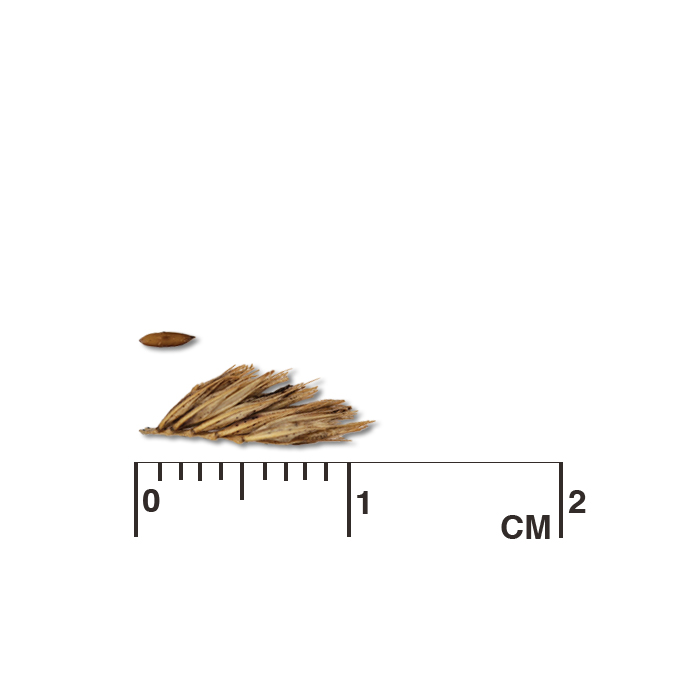sideoats grama
Table of Contents
Bouteloua curtipendula (Michx.) Torr.
Alternate Common Names: sideoats, side oats grama, side-oats grama
Scientific Synonym: Atheropogon curtipendula
Family: grass family (Poaceae)
Functional Group: warm season grasses
Description
- Life cycle and growth form
Perennial, warm-season bunchgrass, spreading slowly by short rhizomes to form loose colonies.
Height: 1-3 ft
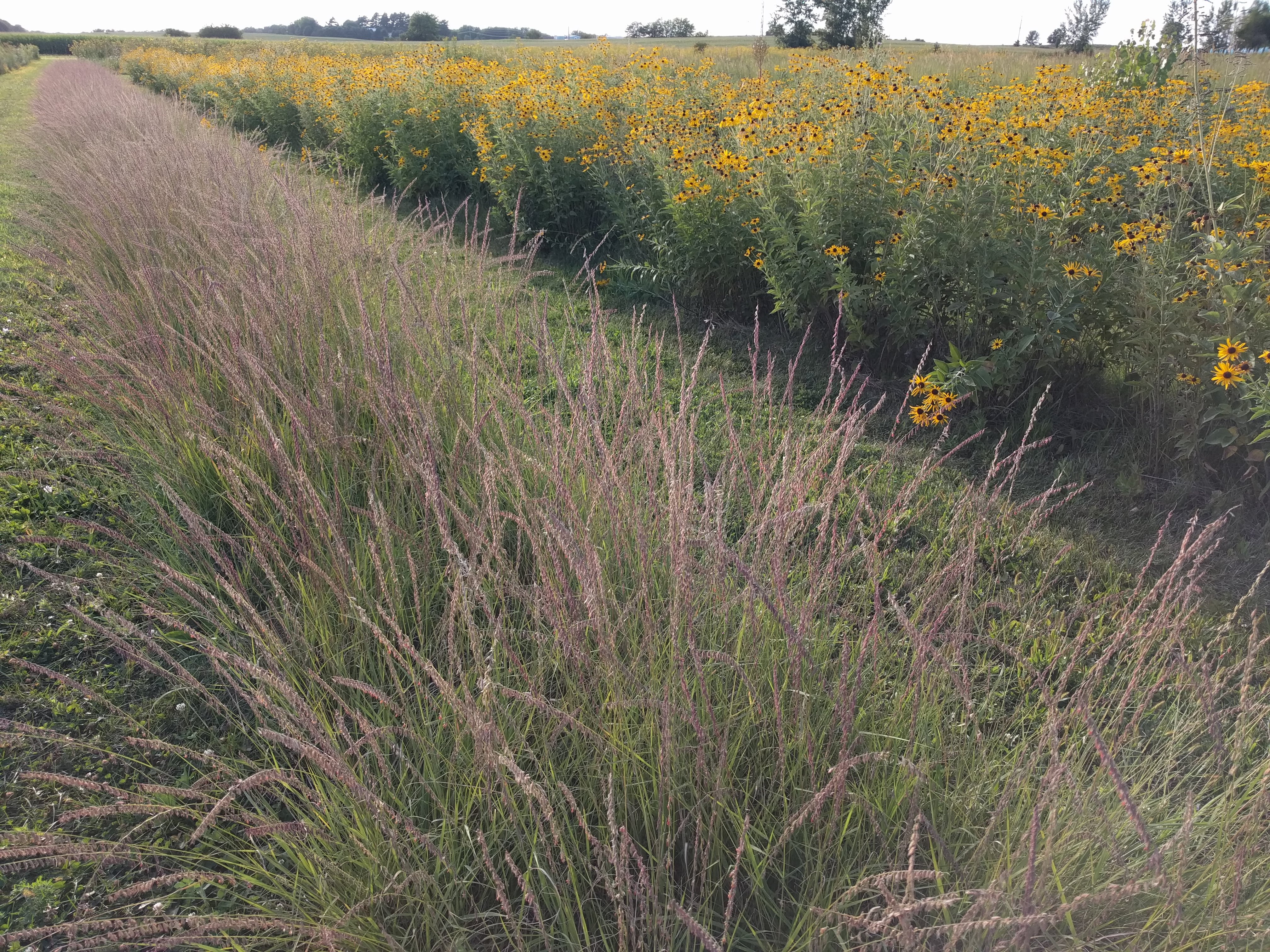
- Leaves and stem
Leaves mostly basal with leaf blades 6-8 in long and tapered to a sharp point; stiff hairs with glandular bases evenly spaced along the leaf margins, sticking out at a right-angle from the main axis of the blade; lower leaves curl and turn a light, tawny color when dry; ligule a very short fringe of hair; nodes hairless and green to purple; flowering stem is smooth and erect.
- Flower, fruit and seedhead
Fruit/seedhead: Seed head 4-12 in long consisting of many short oat-like spikes (0.5-1.25 in long), each with 3-7 spikelets all turned to one side of the main stem, giving rise to the common name “sideoats;” entire spike falls when mature, leaving a naked stalk with visible nodes.
Pollination: Wind
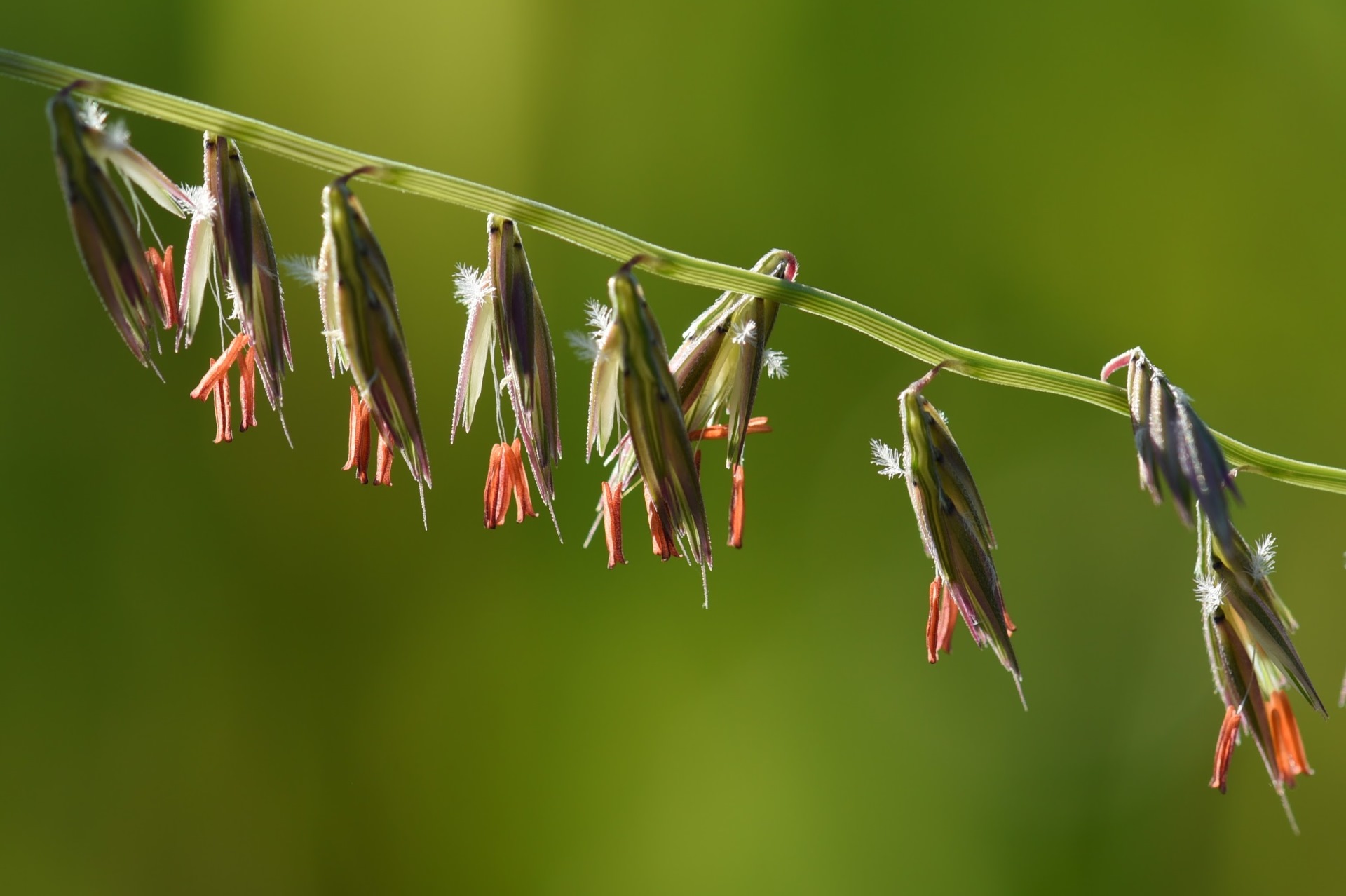
- Seed
Seed characteristics
Seeds per ounce: 6,000 (IA NRCS)
Seeds per pound: 96,000 (IA NRCS)
1000 seed weight: 1.30 g (Seed Information Database)
Description: Seed unit is a whole spike, fragment of spike, or floret. Although a seed unit may contain more than one germinable seed, it is counted as a single live seed in the calculation of pure live seed. Caryopsis (grain) 3-4 mm long, smooth brown.
Typical seed test
PLS: 89% (n = 12)
Purity: 96% (n = 12)
Germination: 59% (n = 11)
Dormant: 34% (n = 11)
(average of n tests of purchased seed lots)
- Habitat and range
Habitat: Dry to mesic, fine textured, calcium-rich soil; full sun; prairies, bluffs, along railroads, woodland openings. Well-drained soils are preferred for seed production.
Conservation status: Global- G5, secure; District of Columbia- SH, possibly extirpated; Connecticut, Louisiana, Florida, and Michigan- S1, critically imperiled; Georgia, Maryland, Nevada, New York, and Pennsylvania- S2, imperiled; Indiana and West Virginia- S3, vulnerable (NatureServe)
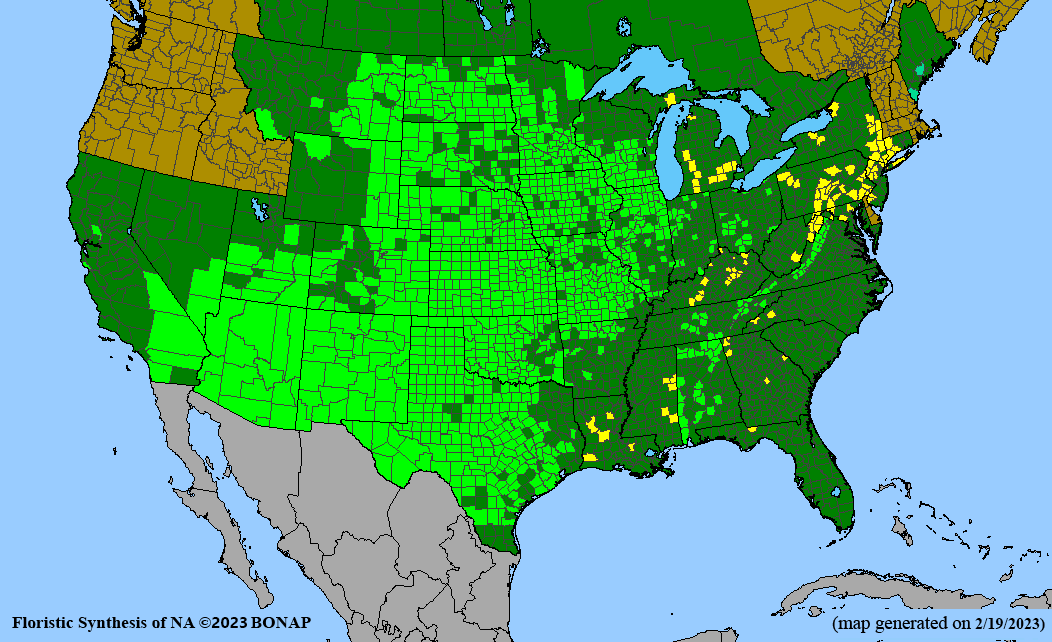
General Comments
Sideoats grama is an important component of tall and mixed-grass prairies, occurring on well-drained, dry, rocky, alkaline soils. This species establishes readily from direct seeding, particularly if seeded into crop ground where good weed control has been achieved (following a glyphosate-resistant crop, for example). The foliage provides forage for mammalian herbivores as well as specialist and generalist insects, and grassland birds feed on the seeds.
Recommendations for Seed Production
- Establishment for seed production
Direct seeding
Row spacing: 36 in 24 in 12 in solid stand PLS lbs/acre: 3 4 8 9 Seeding depth: 1/4-1/2 in
Seeding method: native seed drill
Seeding time: Late spring when soil temperature reaches 55° F.
Weed control: Prepare clean, firm, weed free seedbed prior to seeding.
Greenhouse
Seed pre-treatment: No stratification necessary. Germination of grass seed usually improves with proper storage (cool, dry conditions) throughout the first year after harvest.
Sowing: Sow seed in greenhouse two months before last frost free date at 1/4 in depth.
Transplanting: Transplant into prepared beds at 12 in spacing after all danger of frost.
- Stand management
Weeds: Mow stands high (6-12 in) in first growing season to prevent weed canopy from shading seedlings. Do not use atrazine the year of establishment. On established stands, Plateau (imazapic); Outlook (dimethenamid-P), and 2,4-D have been used. Hand roguing removes weeds that could contaminate seed, cultivation or mowing can be used between rows, and burning in late spring helps control cool season weeds and may prevent buildup of disease inoculum.
Pests: Gall midge larvae have been observed within spikelets.
Diseases: Stem and leaf rust and other fungi are known to occur.
- Seed production
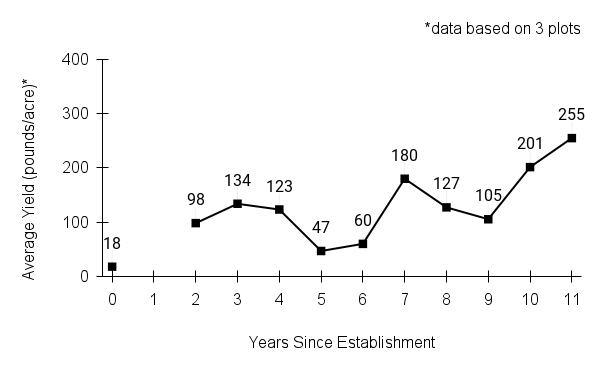
First harvest: Flowering and seed set end of second growing season from greenhouse grown transplants.
Yield: 20-255 bulk pounds/acre (per acre yields extrapolated based on production from 3 plots)
Stand life: Peak harvests third year and after. Annual late spring fire when shoots are 1 in tall helps control weeds and increase flowering and seed production. (Note: This recommendation is strictly for production fields, not remnant prairies.) Stand should persist 10 years or more if properly matched to soils and well managed.
Flowering date: mid-June - early July in northern Iowa
Seed maturity/Harvest date: September in northern Iowa
Seed retention: Holds seed fairly well, shattering occurs in October. Monitor fields fairly often as they mature and consider harvest when about 10% of stems have lost some spikelets from the top.
Harvest date range at TPC (2003-2023): Sept 1 - Oct 30
Recommended harvest method: Combine at hard dough stage.
- Seed cleaning and storage
Cleaning process: Combine-harvested sideoats grama can be air screened initially to sort spikelets from plant fragments. Larger intact spikes can be run quickly through a debearder or hammer mill to break up spikes, and re-air screen. Indent to remove foxtail or other short-seeded weeds.
Seed storage: cool/dry (33-50° F, 30-50% RH)
Released Germplasm
Source Identified material: Central Iowa Germplasm (IA Zone 2), Northern Iowa Germplasm (IA Zone 1), Southern Iowa Germplasm (IA Zone 3), Northern Missouri Germplasm
Selected Germplasm: South Texas Germplasm (TX)
Cultivated variety (cultivar): Midwest adapted cultivars include El Reno (KS), Haskell (TX), Niner (NM), Pierre (ND), Premier (TX), Vaughn (NM).
Informal Variety: Killdeer (ND)
- References
Chayka, K. (n.d.). Bouteloua curtipendula (side-oats grama). Minnesota Wildflowers. https://www.minnesotawildflowers.info/grass-sedge-rush/side-oats-grama
Gleason, H. A., & Cronquist, A. (1991). Poaceae. In Manual of Vascular Plants of Northeastern United States and Adjacent Canada (2nd ed., pp. 795-796). The New York Botanical Garden.
Hilty, J. (2019). Side oats grama - Bouteloua curtipendula. Illinois Wildflowers. https://www.illinoiswildflowers.info/grasses/plants/so_grama.htm
Houseal, G. A. (2007). Grasses warm season. In G. A. Houseal (Eds.), Tallgrass Prairie Center’s native seed production manual (pp. 68–69). Tallgrass Prairie Center - University of Northern Iowa.
Kartesz, J.T., The Biota of North America Program (BONAP). 2023. North American Plant Atlas. (http://bonap.net/napa). Chapel Hill, N.C. [maps generated from Kartesz, J.T. 2023. Floristic Synthesis of North America, Version 1.0. Biota of North America Program (BONAP). (in press)]
NatureServe. 2024. NatureServe Network Biodiversity Location Data accessed through NatureServe Explorer [web application]. NatureServe, Arlington, Virginia. Available https://explorer.natureserve.org/. (Accessed: February 29, 2024).
USDA NRCS National Plant Data Team. (n.d.). Bouteloua curtipendula (Michx.) Torr. USDA plants database. https://plants.usda.gov/home/plantProfile?symbol=BOCU
Species Guide Updated 12/13/2024


